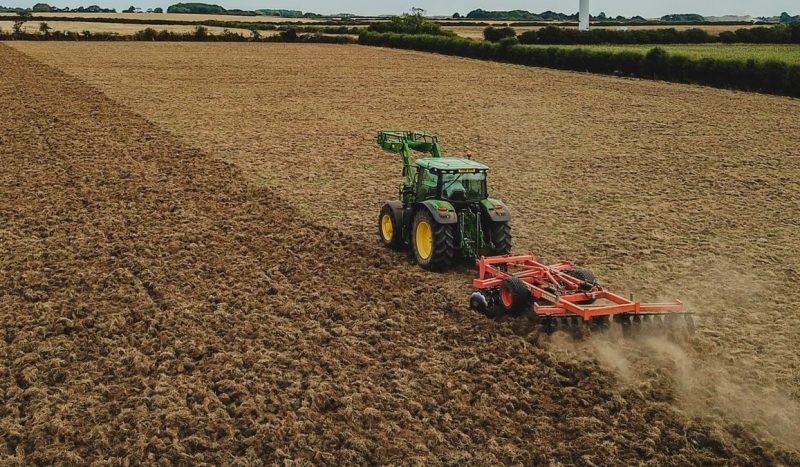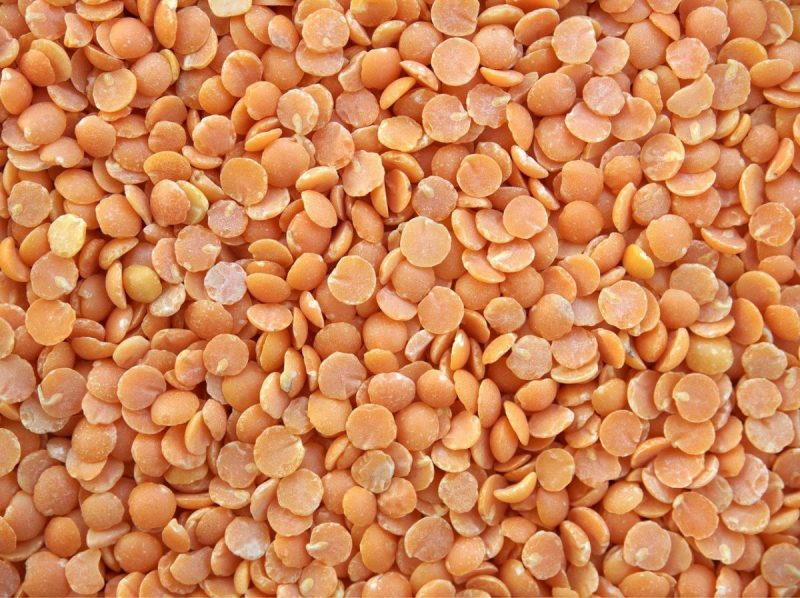Lentil, information about crop management
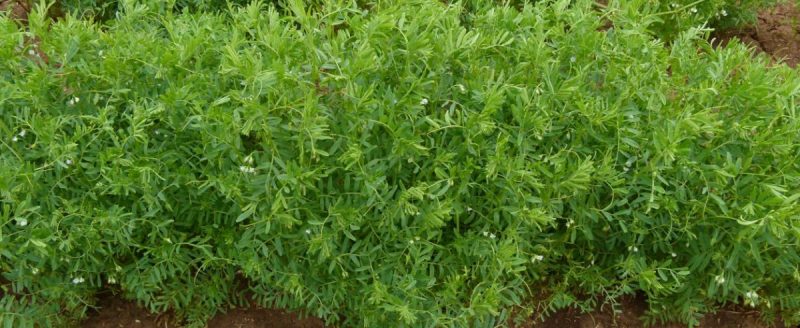
The lentil is part of the Vicieae tribe, the genus Lens, a genus that includes many species. The cultivated species is Lens culinaris which is divided into ssp. macrosperma (plants of 40-70 cm and grain of 6-9 mm in diameter) and ssp. microsperma (plants of 20-40 cm and with a grain of 2-4 mm in diameter). Each subspecies includes several varieties of lentils, thus, biotypes of ssp. macrosperma var. numularia are cultivated which have yellowish green, rarely marbled seeds and yellow cotyledons. The grains are used in human nutrition in various dishes, but they can also be used in animal feed, raw or whole.
BOTANICAL CHARACTERISTICS
Lentils have hypogeal germination and germinate at 4-5 °C. The root is of type II, being less developed than in peas. The stem is branched, striated, and thin, with a height of 30-60 cm.
The leaves are pinnate, they end with tendrils, having 3-7 pairs of 1-2 cm long leaflets, and the stipules are narrow and small.
The lentil flowers are white with a blue banner (vexillum), grouped by 2-4 in racemes. Flowering takes place approximately 50 days after emergence (⅔ of the vegetative growth period), pollination is characterized by autogamy, but allogamy is not excluded.
The pod contains 1-3 seeds, it is rhombic or oval (10-15 mm long and 5-10 mm wide). Some pods are dehiscent or easily detached from the plant, causing losses.
The lentil seed has different colors, the size differs depending on the subspecies, and the shape is that of a biconvex lens.
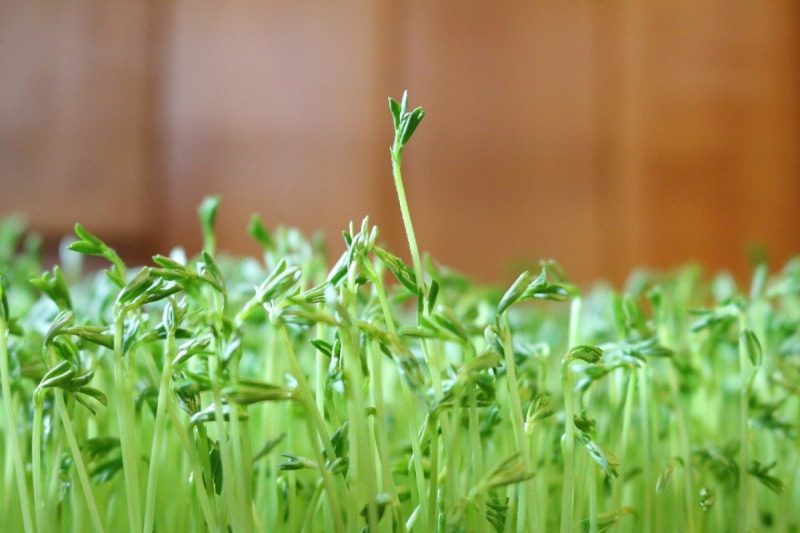
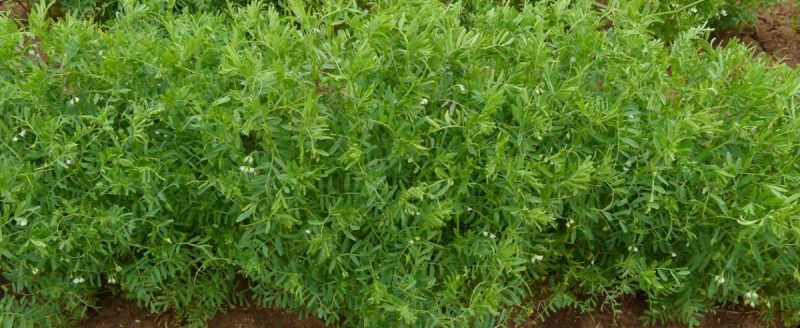

CLIMATE AND SOIL REQUIREMENTS
Temperature
It is not pretentious in terms of heat, but although it germinates at 4-5 °C, normal germination takes place at 7-10 °C. Plants can withstand -6 °C. During flowering and fruiting, the average daily temperature must not exceed 20 °C. The sum of degrees is 1,500-1,800 °C.
Humidity
Excess moisture causes weed growth with which lentils cannot compete, but it can also favor disease occurrence (rust, powdery mildew, etc.). Ssp. macrosperma has higher humidity requirements than ssp. microsperma.
CULTIVATION TECHNOLOGY
Crop rotation
Lentil cannot withstand monoculture, but any other plant can be grown after it. It prefers fodder crops in its cultivation area that leave the land clean of weeds, and as precursors, grassy cereals are suitable, especially autumn wheat, because it is removed from the land early.
Fertilizing
Nitrogen is mostly obtained symbiotically, therefore additional fertilization with this element is not necessary, but phosphorus increases production. Thus, specific phosphorus-based fertilizers can be applied, depending on the soil supply.
Recommended products
-
You can find products on a different store
Change Store -
You can find products on a different store
Change Store -
You can find products on a different store
Change Store -
You can find products on a different store
Change Store -
You can find products on a different store
Change Store -
You can find products on a different store
Change Store -
You can find products on a different store
Change Store -
You can find products on a different store
Change Store -
You can find products on a different store
Change Store -
You can find products on a different store
Change Store -
You can find products on a different store
Change Store -
You can find products on a different store
Change Store -
You can find products on a different store
Change Store -
You can find products on a different store
Change Store -
You can find products on a different store
Change Store -
You can find products on a different store
Change Store -
You can find products on a different store
Change Store -
You can find products on a different store
Change Store -
You can find products on a different store
Change Store -
You can find products on a different store
Change Store -
You can find products on a different store
Change Store -
You can find products on a different store
Change Store -
You can find products on a different store
Change Store -
You can find products on a different store
Change Store
Soil works
It should be done immediately after the land has been cleared of the previous crop. Depending on the previous crop, stubble cultivation should be carried out, which aims to shred the weeds, plant debris, and the surface layer of the soil.
Ploughing should be done as soon as possible, at a depth of 25-30 cm. In spring, the land should be tilled as early as possible, only after the water has drained away to avoid soil compaction. Soil tillage is adapted according to the previous plant.
Seeds and sowing
The lentil seeds must have a purity of over 97%, and the germination must be over 85%. Sowing should be done as early as possible. Delayed sowing makes plant emergence uneven, the crop becomes infested with weeds, and the summer drought reduces the yield.
The density at sowing should be between 180-220 germinable grains per square meter for large lentils (ssp. macrosperma) and 250-300 grains/square meter for small lentils (ssp. microsperma). The distance between rows is 12.5 cm, and the sowing depth is 3-5 cm. The quantity of seeds per hectare is about 100 kg/ha for large lentils and 80 kg/ha for small lentils.
Recommended products
-
You can find products on a different store
Change Store -
You can find products on a different store
Change Store -
You can find products on a different store
Change Store -
You can find products on a different store
Change Store -
You can find products on a different store
Change Store -
You can find products on a different store
Change Store -
You can find products on a different store
Change Store -
You can find products on a different store
Change Store -
You can find products on a different store
Change Store -
You can find products on a different store
Change Store -
You can find products on a different store
Change Store -
You can find products on a different store
Change Store -
You can find products on a different store
Change Store -
You can find products on a different store
Change Store -
You can find products on a different store
Change Store -
You can find products on a different store
Change Store -
You can find products on a different store
Change Store -
You can find products on a different store
Change Store -
You can find products on a different store
Change Store -
You can find products on a different store
Change Store -
You can find products on a different store
Change Store -
You can find products on a different store
Change Store -
You can find products on a different store
Change Store -
You can find products on a different store
Change Store
CARE WORKS
After sowing, rolling should be carried out, and after sprouting, when the plants are 6-8 cm, a work with a spring-tooth harrow should be carried out. This work will destroy the crust and the weeds in the process of emergence. Specific herbicides can also be applied to control weeds.
HARVESTING
Lentils can be harvested when the lower third of the plant is yellow-brown, the seeds are hard, the middle part is yellow and the upper part is green. Thus, the harvest is done in two stages: the plants are cut and left to dry in the furrows, and after drying they are threshed directly in the field with a combine or transported to threshing machines set as for other types of legumes.















































































































































































































































































































































































































































